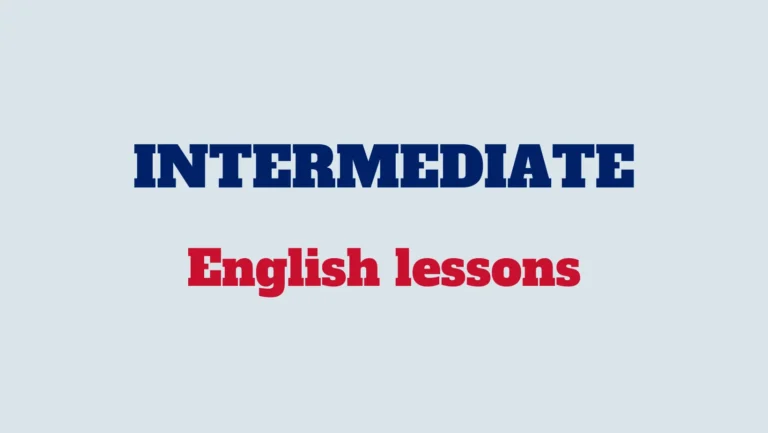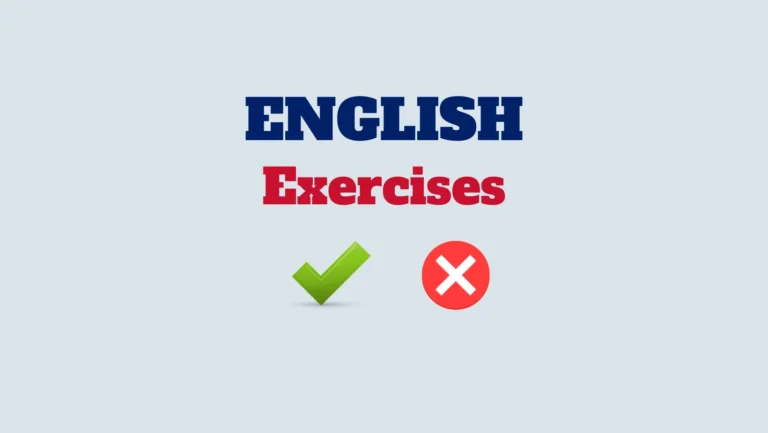In this lesson, we’ll discover the differences between these confused words: “Allusion,” “Delusion,” and “Illusion.” Although these words might seem similar, they each carry distinct meanings and are used in specific contexts. Understanding these differences will help in clear communication and effective writing. Let’s examine their definitions and examples.
Word 1: Allusion
Definition:
“Allusion” refers to a passing or indirect reference to something, often a person, place, or event, implying a deeper meaning.
Example of use:
“Emma makes subtle allusions to her favorite books and authors in her speeches.”
“The novel is filled with allusions to Greek mythology, enriching the narrative with layers of meaning for attentive readers.”
“In her artwork, the painter often includes allusions to famous historical events, inviting viewers to interpret the deeper symbolism.”
Word 2: Delusion
Definition:
“Delusion” is a belief or opinion that is firmly held despite being contradicted by reality, often considered to be mistaken or false.
Example of use:
“He suffers from the delusion that humans never set foot on the moon, despite overwhelming evidence to the contrary.”
“Despite his lack of musical talent, he harbored the delusion that he would become a famous rock star one day.”
“The patient’s belief that they were a superhero was a symptom of their delusion.”
Word 3: Illusion
Definition:
“Illusion” refers to a deceptive appearance or false impression, often created by the senses or by clever manipulation.
Example of use:
“The optical illusion created by the artwork is actually a result of clever perspective techniques.”
“The magician’s performance created the illusion of a woman levitating, leaving the audience amazed and bewildered.”
“The calm surface of the lake was shattered by the illusion of a monster lurking beneath, created by swirling shadows and ripples.”
Summary:
In conclusion, “Allusion” is a subtle reference to something, “Delusion” is a mistaken belief contrary to reality, and “Illusion” is a deceptive appearance or false impression. Understanding the distinctions between these terms aids in precise communication and avoids confusion in writing and conversation.



